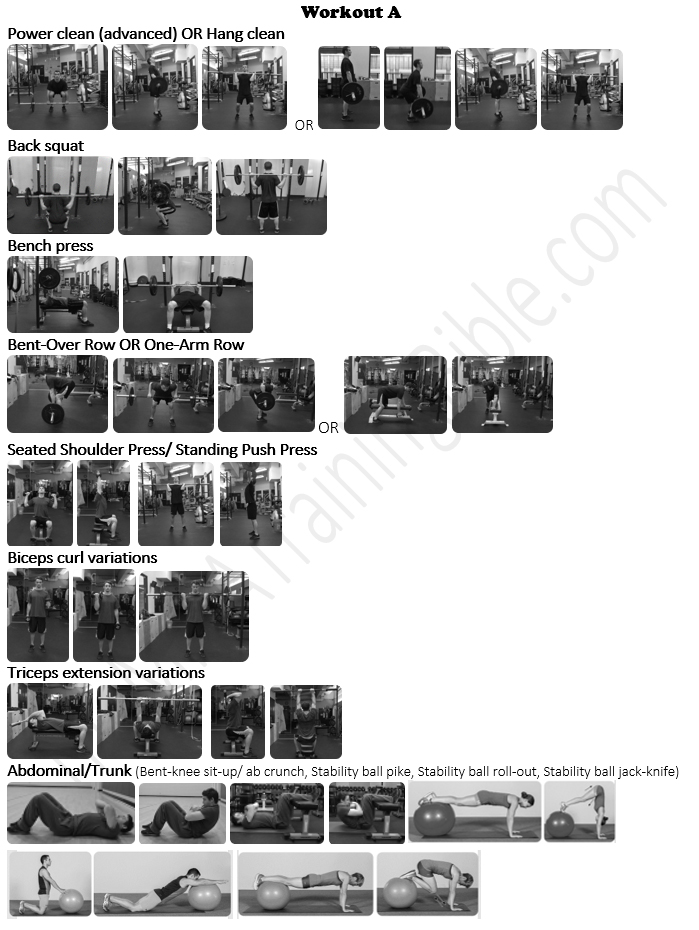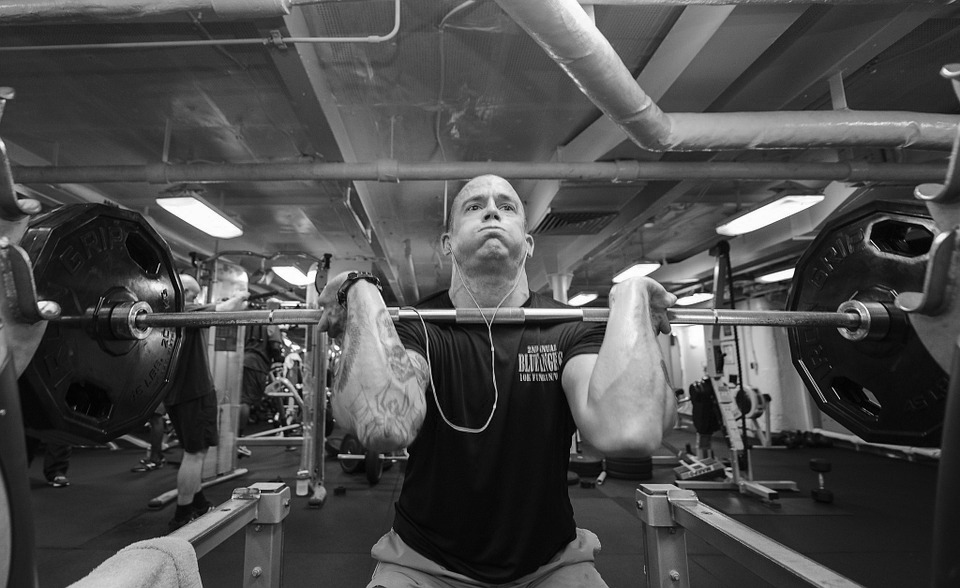The order in which you complete your resistance training exercises in a workout can influence your adaptation to training. For example, if you train biceps before training your back, you’ll exhaust your biceps, which are rather important in most back exercises. The result is that you won’t be able to use much of a load to train your back, and this will lead to underdevelopment of your back muscles. The same is true for training triceps before your chest. Likewise, if you perform multi-joint core exercises like the deadlift or back squat before performing power-based multi-joint movements like the power clean or snatch, you’ll compromise power development. For these reasons and many more, MMA fighters and coaches should carefully order their resistance training exercises in a workout.
Read: Essential resistance training exercises for MMA fighters
There are lots of different ways that you can order your resistance exercises. For example, you can simply choose to work out one single muscle group in each training session. For example, Monday is back day, Tuesday is chest day. This is a great way to overload a particular muscle group, but it amounts to a small training stimulus over the entire week because you’re only hitting each muscle group once. Even if you add another muscle group to each of your training sessions, say chest and triceps on Monday or back and biceps on Wednesday, you’re still only hitting each muscle group once per week. To ensure there is an adequate training stimulus, The MMA Training Bible recommends total body workouts – If you get in two per week, you’re hitting each muscle group twice – This approach can effectively and efficiently double your weekly training stimulus.
There are lots of ways to manipulate your exercise order and improve the efficiency of a whole-body workout. For example, you could alternate upper & lower body exercises in each workout. This method is good for beginners because it allows more recovery between exercises, and it saves some training time. But it really becomes circuit training if you only take 20-30 s between each exercise, and inadequate rest may cause a build-up in metabolites that could impair the amount of force you can generate during each set.
You could also alternate pushing and pulling exercise. Another version of this is called super-setting: that’s when you alternate agonist and antagonist movements, like a bicep curl paired with a triceps kick-back. Some people also like to pair two agonist exercises together, like a hammer curl paired with a preacher curl – it’s a great way to overload the muscle group and save time.
The exercise order recommended by the MMA Training Bible is Power exercises first, followed by core multi-joint movements, then single-joint accessory exercises. When you order your exercises in this way you encourage a large release of anabolic hormones including human growth hormone, testosterone, and insulin-like growth factors, all of which increase protein synthesis. And by doing the power movements first you ensure these movements are performed without fatigue, which allows you to focus on the neurological and muscular aspects power development. This type of whole-body workout has the potential to provide the greatest weekly training stimulus to MMA fighters. And if you add in alternating movements, it can also save time. There are some downsides though. It takes a good level of technique and concentration to perform the Olympic lifts, and these types of workouts can increase the likelihood of overtraining, so you need to make sure your monitoring signs and symptoms of overtraining.
Let’s take a look at what a typical whole-body workout might look like in the image below:

We call this ‘Workout A’. It starts with a multi-joint power exercise i.e. the power clean (or hang-clean), followed by multi-joint core exercises (back squat, bench press, bent-over/1-arm row, seated/standing push-press), followed by accessory exercises for the biceps and triceps, and a few abdominal/trunk movements.
Now, obviously you shouldn’t perform this workout every time you train. This could lead to underdevelopment in certain muscles and over-development in others. Any good training program should include variation. That’s why The MMA Training Bible has created 5 different sample workouts (Workout A, B, C, D, and E), two of which are entierly power-based (workotus D, E). In this way, you can train ‘Workout A’ on Monday, and ‘Workout B’ on Thursday, followed by ‘Workout C’ on the following Monday. You can download for free the rest of the sample workouts in the MMA Training Bible’s Guide to Strength and Power Techniques (check out the links in the YouTube video above), which also features step-by-step images and descriptions of over 30 different resistance training exercises.
The resistance workouts recommended by the MMA Training Bible are chosen for their simplicity and effectiveness but building an individualized training program around them can be tricky. If you’re looking for support, consider The MMA Training Bible’s Peak Performance guide, which removes a lot of the guesswork. We’ll take you through the step-by-step process to create your own plan, and I’ll provide guidance on when you should increase and decrease your training frequency in order to optimize your adaptation to training for fight day
Take care,
Dr. Gillis

Leave a Reply